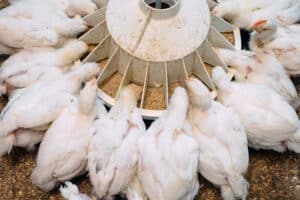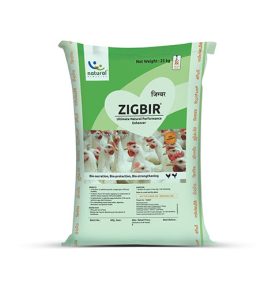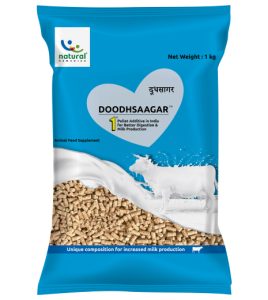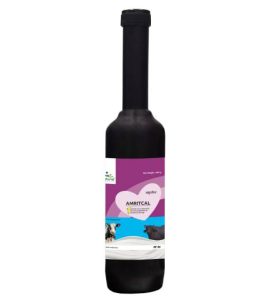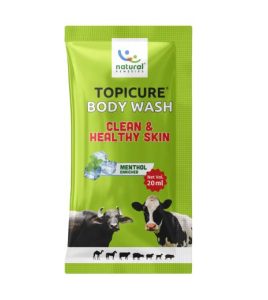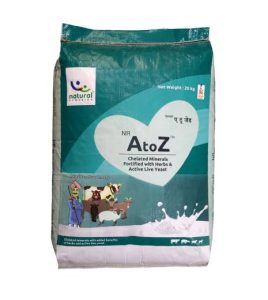“The health of a ruminant is the wealth of a farmer” is an apt statement because every
livestock farmer desires that all their animals are on the top of their health in order to provide optimal
productivity. Increasing the feed efficiency of a ruminant is one such component that is vital because it is
concerned with the performance of the animal, and the economic and environmental impact they carry. This is where
the use of phytogenic ruminant feed resources has taken prominence in the ruminant industry.
Phytogenic feed resources are plant-based substances that are added to ruminant feeds,
which Help to enhance the animal’s performance and efficiency. It helps them to meet the desired production goals
set by their livestock owner. Furthermore, these Phytogenic resources are environmentally sustainable as they are an
alternative to synthetic/artificial feed additives. This is a nature-friendly approach to enhance the life of a
ruminant. These plant-origin additives have had a massive impact on the reduction of methane emissions from
ruminants.
The feed efficiency of a ruminant animal refers to how efficiently a ruminant transforms
its feed and uses its nutrition to achieve desirable yields. They are deemed to be beneficial due to their bioactive
elements such as medicinal plants, and herbal extracts such as essential oils and various other plant by-products.
They are vital for improving nutrient utilization in the animal.
- Plant extracts such as thyme, aloe vera, and neem are used to improve the gut health, enhance immunity and reduce the risk of serious digestive issues with their antioxidant, anti-inflammatory properties.
- Herbal oils extracted from plants such as eucalyptus and cloves improve feed intake and digestibility. Their
antimicrobial elements also play a role in combating infectious pathogens. - Plant by-products from industries such as soybeans and grains include healthy fibres and proteins which make for a nutrient-rich diet when included.
During uncomfortable situations such as an increase in temperatures, transportation, and high levels of stress, the
palatability and feed intake of cattle declines. The use of phytogenic feed has the potential to increase the
palatability and improve the appetite of the cattle.
Role of Phytogenic Ruminant Feed in Feed Conversion Ratio.
The F.C.R (feed conversion ratio) for cattle is, measuring how well cattle turns its feed
intake into livebody weight. The breed, size, age, diet, and genetics of the cattle are some key factors to be
considered while measuring F.C.R. The milk production, cattle’s weight, and fitness can be analyzed and evaluated
with F.C.R. Ensuring that the feed conversion ratio for cattle is low becomes important as it can have an impact on
the 3E’s i.e. efficiency, environment, and economy.
- Efficiency : If the ratio is low, it means that the cattle is performing
efficiently, which means they use lesser
resources (food and water) when compared to the output produced. - Environment :An increase in efficiency leads to a decrease in nutrient
wastage and emission of greenhouse gases
into the environment. - Economic impact : A low F.C.R is economically viable as it yields higher
profitability with the use of fewer
resources and reduced costs.
With this, we understand the role of phytogenic resources in increasing ruminant feed
efficiency and the overall health of your ruminant.







.png)












.png)




